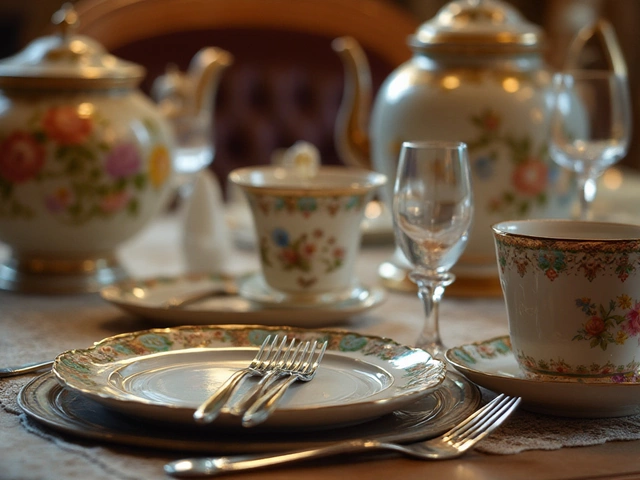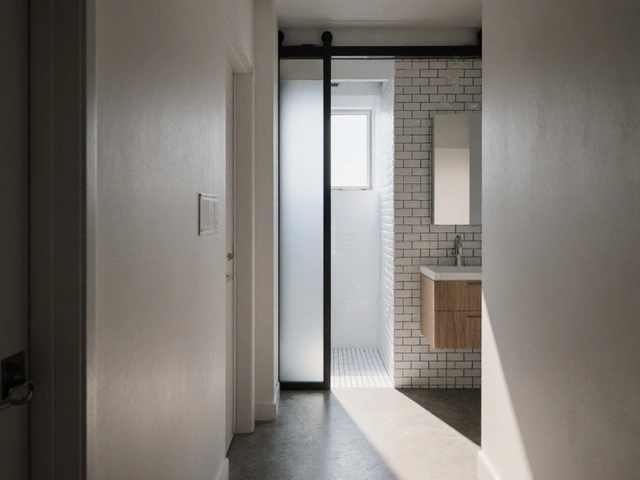Prayer Mat Basics: What You Need to Know Before Buying
Looking for a new prayer mat? You probably want something soft, durable, and easy to keep clean. The right mat can make your prayer routine smoother and more comfortable. In this guide we’ll break down the most important choices so you can pick a mat that fits your style and budget.
First, think about where you’ll use the mat. Will it stay on a carpet, a wooden floor, or travel with you? Your answer will affect the material, thickness, and size you should look for. Let’s start with the material, because it determines feel, durability, and how you care for the mat.
Choosing the Right Material
Most prayer mats are made from polyester, cotton, velvet, or a blend of fabrics. Polyester mats are cheap, lightweight, and stain‑resistant, making them great for travel. Cotton feels natural and breathable, but it can wear faster if you pray on a rough surface. Velvet adds a plush feel and looks fancy, yet it needs careful washing.
If you want a mix of comfort and durability, a polyester‑cotton blend is a solid pick. It offers softness without the high maintenance of pure velvet. Look for mats with a non‑slip backing; rubber or silicone strips keep the mat from sliding on smooth floors.
Some people prefer eco‑friendly options like bamboo fiber or jute. These materials are sturdy and have a natural texture, but they may feel rougher underfoot. Test a sample if possible, or read reviews that mention how the mat feels after a few weeks of use.
Size, Shape, and Maintenance
Standard prayer mats are about 70 cm wide and 110 cm long, which fits most people. If you’re taller or have wide shoulders, consider a larger mat—some come up to 130 cm long. Square mats are also popular; they give extra room for movement and look neat when stored.
Cleaning is a big factor. Many polyester mats are machine‑washable on a gentle cycle. Cotton mats often need hand washing to avoid shrinking. Velvet should be spot‑cleaned or dry‑cleaned unless the label says otherwise. Always let the mat air‑dry flat to keep its shape.When you store the mat, roll it loosely rather than folding. This prevents creases that can feel uncomfortable during prayer. If you travel, a thin, foldable mat fits easily into a backpack or suitcase.
Finally, think about design. Traditional patterns like Arabic calligraphy or geometric tiles add a spiritual touch, while plain colors blend with any décor. Choose a design that makes you feel calm and focused.
To sum up, pick a material that matches your daily use, pick a size that fits your body, and pick a cleaning method you can stick to. With the right prayer mat, your worship space becomes a little more inviting every day.

Identifying Prayer Rugs: Tips and Tricks
Understanding the distinct features of prayer rugs is important for both cultural appreciation and practical use. These rugs are often smaller than standard rugs, feature specific motifs, and are oriented for religious practices. Recognizing a prayer rug involves looking at unique elements like a mihrab design, specific color patterns, and durability aspects crucial for daily use. This article dives into these identifying traits, providing both context and guidance for those interested in recognizing these special rugs.
Categories
- Storage (27)
- Bathroom (18)
- Sofas (15)
- Curtains (15)
- Home Decor (12)
- Bedding (11)
- Kitchenware (11)
- Cushions (11)
- Mirrors (10)
- Rugs (9)
Popular Articles



